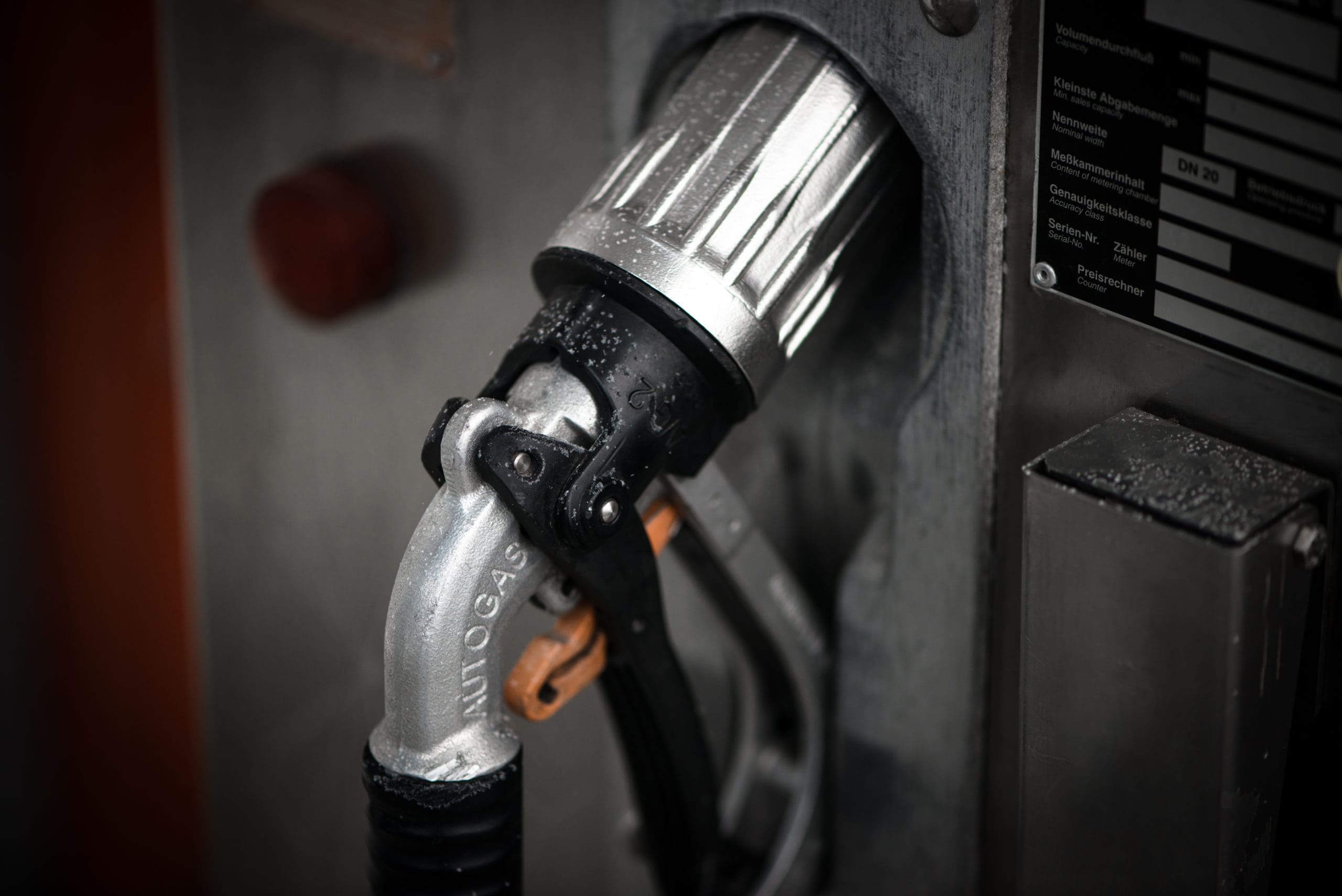
Every once in a while, the National Fire Protection Association (NFPA) introduces new guidelines or updates existing ones for improved safety. For example, NFPA 58 — a code aimed at liquefied petroleum gas (LPG). NFPA 58 introduced a guideline this year for the refueling of propane or autogas vehicles that calls for the use of new type of valve, the K-15.
The NFPA has mandated that the K-15 be used in refueling instead of the previously used ACME valve. This is applicable to any autogas vehicles reinstated into service, purchased, or converted after January 1, 2020. The ACME valve uses a threaded connection, which leads to lost time when you stop to refuel. With the K-15, connecting the propane tank to vehicles is much more efficient and less time-consuming. The K-15 also eliminates the need for drivers to put on protective equipment before refueling, saving even more time.
Crucially, its use also cuts down on fugitive emissions — gases or vapors released due to leaks and other factors. Not only does reduction of fugitive emissions improve driver safety, it also protects the environment. According to Alliance AutoGas (AAG), a program that encourages trucking fleets to transition to autogas, a K-15 connector brings down fugitive emissions by 76% compared to the ACME.
K-15 Valve Adapters
To make things easier while the switch to K-15 valves takes place, adapters are available. However, they are not considered a long-term solution. Instead, companies are encouraged to retrofit trucks with the K-15 valve, so owners and drivers can reap immediate benefits. To further encourage installation of K-15 valves, propane refueling stations may be deemed out of bounds for vehicles not equipped with the latest innovation. That’s about as much incentive as one needs to make the switch ASAP.
If you need further clarifications, contact your fuel provider. They will gladly help.



